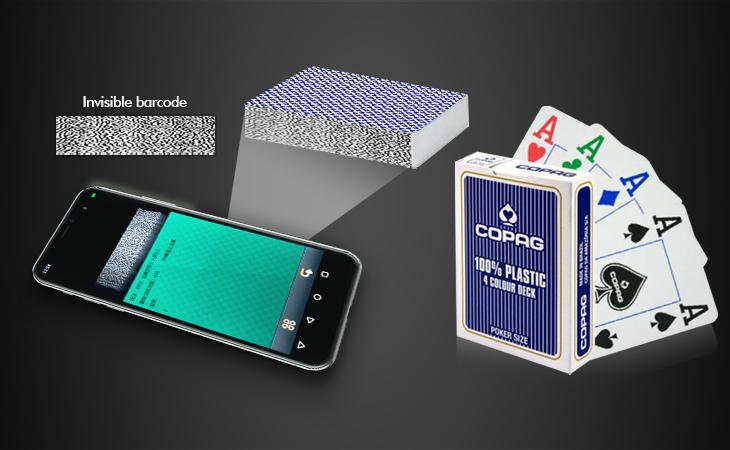
In the intricate world of poker and gambling, marked decks are a significant factor that can tilt the scales in a player's favor. However, not all infrared marked cards are created equal. It's essential to distinguish between high-quality products and those that are substandard or fake. This article provides a thorough guide on identifying poor-quality or counterfeit infrared marked cards, leveraging a successful example to illustrate how genuine marked decks can advantageously aid players.
Understanding the Basics of Marked Decks
Before diving into the specifics of spotting inferior marked cards, it's important to understand what marked decks are and how they function. These are standard playing cards that have been subtly altered to contain visible signs only seen through special glasses that see through cards or infrared contact lenses. The markings can be on the card's back, edge, or even the corners, providing valuable information about the card's face without revealing any noticeable changes to the naked eye.
Signs of High-Quality Marked Decks
A successful example of the utility of high-quality marked decks can be found in professional gambling circuits. Top-tier poker players, who use legitimate and high-grade marked decks, can confirm the reliability and discreteness of these tools. These cards are marked using advanced techniques that ensure the markings are invisible to everyone except those equipped with specialized viewing aids.
Key Indicators of Fake or Poor-Quality Marked Cards
Visual Discrepancies
One of the first indicators of a fake or poor-quality marked card is the visibility of the markings to the naked eye. High-quality marked decks will never show signs of alteration when viewed without the appropriate lenses. If you can see the marks with the naked eye, or if the cards display uneven patterns or inconsistent finishes, they are likely of inferior quality.
Inconsistent or Obvious Markings
Another sign of low-quality marked cards is the style and consistency of the markings. Genuine marked decks are precisely designed with marks that are uniform and strategically placed for optimal visibility through special glasses or lenses. If the markings are haphazard, overly large, or placed in a manner that disrupts the card's design, they may not only be ineffective but also easily detectable by observant players.
Durability and Finish
The physical quality of the cards can also be a telling factor. Premium cards used in professional settings are typically made from a specific type of cardstock or plastic that offers durability and a smooth finish, allowing for regular handling and shuffling without obvious wear and tear. Poor-quality cards might feel flimsy, have a rough texture, or show signs of wear quickly, which can make the markings more detectable and the cards less reliable.
Conclusion: The Importance of Quality in Marked Decks
Investing in high-quality marked decks is crucial for those looking to maintain an edge in games of skill and chance without compromising the game's integrity or their reputation. Remember, the goal is to enhance gameplay subtly and efficiently, not to disrupt it. Thus, spotting and avoiding fake or poor-quality infrared marked cards is as important as learning to use them effectively.
Through careful examination and awareness of the signs discussed above, players can ensure they are using the best possible tools in their gaming endeavors, maintaining both the competitiveness and enjoyment of the game.
For more information about infrared marked cards, please refer to:Consumer Guide to Purchasing Infrared Marked Cards


